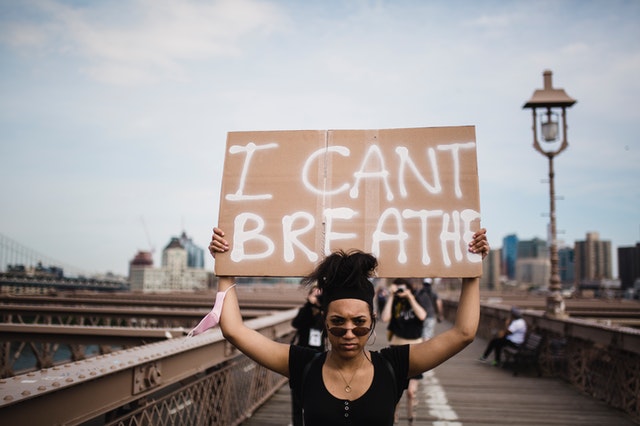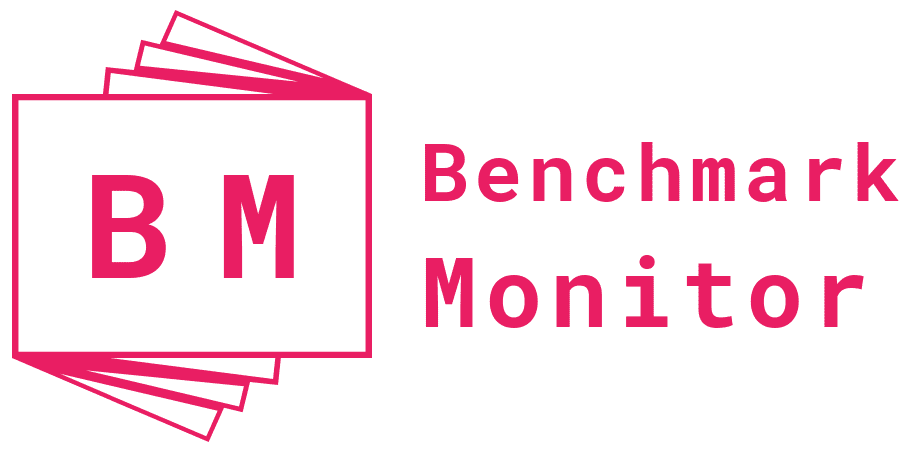Discrimination in the workplace has been going on for years. Though several companies have taken steps to reduce the instances of discrimination, it’s still quite prevalent. It’s a company’s moral and legal responsibility to develop clear policies for workplace bias and take serious action if such incidents come to light.
Today, let’s discuss what workplace bias is, its types, how it affects a company, and how you can prevent it. Let’s delve in.
Discrimination in the Workplace: An Overview
Table of Contents
Gone are the days when innuendo and harsh put-downs were typical in the workplace. Society is an equal place now where people are treated equally. However, saying there’s zero discrimination in the workplace will be a lie.
Workplace discrimination, by definition, refers to the unfair treatment of an employee or group of employees because of their race, religion, gender, sexuality, etc. In a nutshell, treating someone unequally because of certain characteristics they possess is workplace bias.

If you thought workplace discrimination has reduced, the numbers tell a different story. A total of 1.8 million workplace bias complaints were registered between 1997 and 2018. Total complaints registered during 2009-2018 were 900k. Clearly, there is no reduction in the instances of workplace inequality.
Different Types of Discrimination in the Workplace
Discrimination in the workplace can be of various types. Some most common factors for workplace bias are:
- Race
- Ethnicity
- Skin color
- Gender
- Age
- Sexuality
- National origin
- Physical or mental disability
- Pregnancy or parenthood
- Pregnancy or parenthood
For example, an employer cannot refuse to hire a person because their spouse is disabled, thinking that their caregiving responsibilities will interfere with work. The US law considers it discrimination under the ADA.
Adverse Effects of Discrimination in the Workplace
Workplace discrimination is extremely unhealthy and unfavorable for a company. It can affect the operations in several ways and make it difficult to run the business. Let’s look at some adverse effects of workplace bias.
Legal Issues
Workplace bias is illegal and puts your company in serious trouble. Recently, ten current and black women officers in Washington DC sued the local police for sexual and racial discrimination. The average out-of-court settlement for workplace bias is $40k, with 10% of cases going up to $1 million or more.
Health Concerns
Workplace inequality affects employee health in multiple ways. It can cause excessive stress, leading to hypertension and heart problems. Moreover, discriminated individuals are more likely to be depressed, which results in low sleep quality and poor eating habits.
Reduced Employee Performance
Workplace bias influences employee performance. Employees who receive discrimination tend to be less productive and lose focus quickly. Therefore, this leads to low efficiency and poor work performance.
Moral Decline
People who face workplace discrimination tend to lose confidence. They experience a decline in morale and build a negative attitude towards their co-workers and workplace. Discrimination can affect their psychology so profoundly that the negative attitude could persist even after they work for a different company.
How to Stop Discrimination in the Workplace?
Discrimination is a moral crime, and every person, from the CEO to manager to entry-level employee, should be aware of it. However, people tend to take discrimination lightly sometimes. It begins as funny joking but soon turns into harassment and bullying. Here are a few concrete steps you can take to prevent workplace bias.

Create a Policy Defining Discrimination Rules
Though everyone should know about workplace bias, employees don’t take it seriously unless it’s a part of the company policy. So, ensure that your company policy clearly mentions rules surrounding workplace inequality. Your handbook should have a workplace bias section that says what type of behavior will be considered discrimination and its consequences.
Establish How You’ll Resolve Discrimination Issues
Despite having a clear policy for workplace bias, instances of discrimination may come up in your company. You need to establish a clear and consistent process of resolving such issues. Determine the steps you’ll take if an allegation of workplace bias turns out to be true.
There’s no right or wrong procedure to deal with discrimination issues. But you need to have a transparent resolution process. There are two reasons why you should take quick action on workplace bias complaints:
- It affects the credibility and reputation of your workplace.
- Not taking action can put your company in legal jeopardy.
Educate Employees about Preventing Discrimination
Many people do discriminate because they don’t know what they’re doing is wrong. For example, using the “N” word is common between African Americans and not seen as racism, but if used by a non-Black person, it’s considered a racist slur that creates euphemism. Therefore, a person may use the “N” word without even realizing that it’s discriminatory.
That’s what happened in 2018 when Netflix fired their Chief Communications Officer for using the word twice in internal discussions about sensitive terms. It’s essential to regularly educate employees about discrimination.
Be Willing to Take Hard Steps
Workplace discrimination is a more significant issue than you might think. If not stopped, people who face discrimination can become extremely depressed and eventually suicidal. So, if you spot discrimination of any magnitude, take immediate action against it. The action could range from a strict warning to a fine to instant termination.
Stand Firm Against Fake Allegations
While workplace bias is serious, it’s also true that a majority of discrimination lawsuits end up being false. Some employees may want to misuse their rights to put fake allegations that they faced discrimination. Hence, if you know the allegations are fake, stand firm against them. It’s essential to send out a clear message that you will take a stand against bogus allegations.
Conclusion: Discrimination in the Workplace
Discrimination in the workplace is difficult to eliminate, but you can reduce its occurrence by establishing a policy and taking concrete steps. If you don’t handle workplace discrimination well, it can affect your company in multiple ways. Your employees can lose health and efficiency, and your company’s reputation can come under jeopardy. Therefore, companies must ensure that they have a clear stand when it comes to handling workplace bias of any type.

